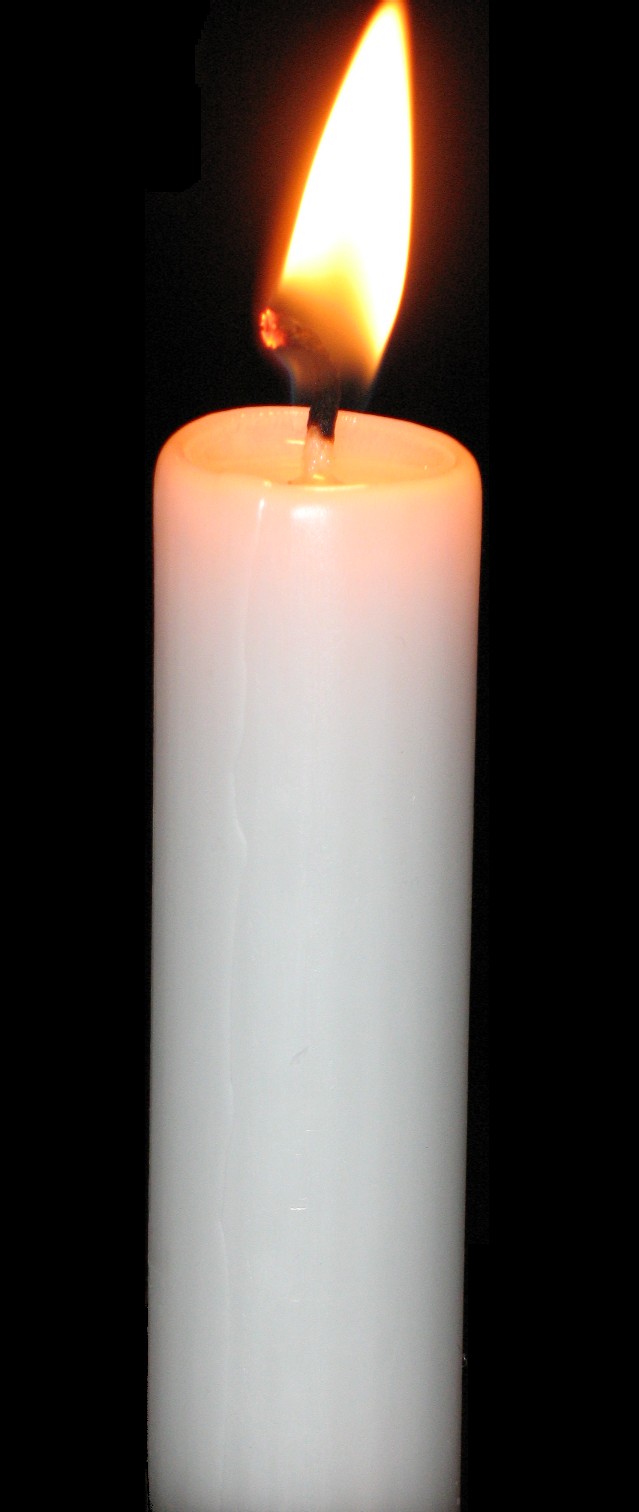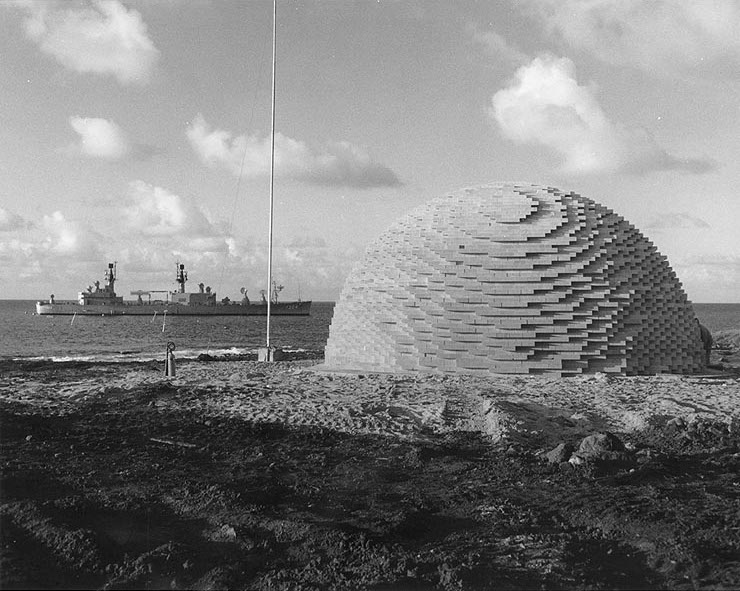|
OKFOL
OKFOL ( Russian: ОКФОЛ) is an explosive, used in a variety of applications (namely shaped charges). It is particularly suitable for use in shaped charges. It normally consists of 95% HMX phlegmatized with 5% wax. It has a density of 1.761 to 1.813 grams per cubic centimetre, explosive velocity of 8,670 metres per second and a TNT equivalent of 1.70. OKFOL is most notably used as the warhead's explosive in Russian/Soviet ATGMs, namely in the warhead of the 9M133 Kornet, 9K113 Konkurs and 9K111 Fagot, Description on armamentresearch.com. Retrieved on February 2nd, 2024. and other AT weaponry like the |
9M133 Kornet
The 9M133 Kornet (; "Cornet (rank), Cornet", NATO reporting name AT-14 Spriggan, export designation Kornet-E) is a Military of Russia, Russian man-portable anti-tank missile, anti-tank guided missile (ATGM) intended for use against main battle tanks. It was first introduced into service with the Russian army in 1998. The Kornet is among the most capable Russian ATGMs. It was further developed into the 9M133 Kornet-EM, which has increased range, an improved warhead, and equipped with an automatic target tracker. The Kornet has been widely exported and is produced under license in several countries. It was first used in combat in 2003 and has since been used in many conflicts. Development The Kornet anti-tank missile was unveiled in October 1994 by the KBP Instrument Design Bureau. The missile started development in 1988 as a modular, universal system able to engage any target from a mix of platforms using a reliable laser beam guidance system that was simple to use. It is a he ... [...More Info...] [...Related Items...] OR: [Wikipedia] [Google] [Baidu] |
RPG-7
The RPG-7 is a portable, reusable, unguided, shoulder-launched, anti-tank, rocket launcher. The RPG-7 and its predecessor, the RPG-2, were designed by the Soviet Union, and are now manufactured by the Russian company Bazalt. The weapon has the GRAU index (Russian armed forces index) 6G3. The ruggedness, simplicity, low cost, and effectiveness of the RPG-7 has made it the most widely used anti-armor weapon in the world. Currently around 40 countries use the weapon; it is manufactured in several variants by nine countries. It is popular with irregular and guerrilla forces. Widely produced, the most commonly seen major variations are the RPG-7D (десантник – ''desantnik'' – paratrooper) model, which can be broken into two parts for easier carrying; and the lighter Chinese Type 69 RPG. DIO of Iran manufactures RPG-7s with olive green handguards, H&K style pistol grips, and a commando variant. The RPG-7 was first delivered to the Soviet Army in 1961 and deployed ... [...More Info...] [...Related Items...] OR: [Wikipedia] [Google] [Baidu] |
Phlegmatized
A phlegmatized explosive is an explosive that has had an agent (a phlegmatizer) added to stabilize or desensitize it. Phlegmatizing usually improves the handling properties of an explosive (e.g. when munitions are filled in factories.) Trinitrotoluene can itself be used to phlegmatize more sensitive explosives such as RDX (to form Cyclotol), HMX (to form Octol), or PETN (to form Pentolite). Other typical phlegmatizing agents include paraffin wax (5% used in OKFOL and Composition H6), paper, or even water Water is an inorganic compound with the chemical formula . It is a transparent, tasteless, odorless, and Color of water, nearly colorless chemical substance. It is the main constituent of Earth's hydrosphere and the fluids of all known liv ... (used in water gel explosives). Such agents are nearly always flammable themselves (therefore adding fuel to the blast) or will at least boil off easily. Typically, a small amount of phlegmatizing agent is used, such ... [...More Info...] [...Related Items...] OR: [Wikipedia] [Google] [Baidu] |
SPG-9
The SPG-9 Kopyo (, transliterated: ''Stankovyi Protivotankovyi Granatomet "Kopyo"'' - Easel Anti-tank Grenade Launcher "Spear") is a tripod-mounted man-portable, 73mm caliber recoilless gun developed by the Soviet Union. It fires fin-stabilized, rocket-assisted high explosive (HE) and high-explosive anti-tank (HEAT) shaped charge projectiles similar to those fired by the 73mm 2A28 Grom low pressure gun of the BMP-1 armored vehicle. It was accepted into service in 1962, replacing the B-10 recoilless rifle. Description The projectile is launched from the gun by a small charge, which gives it an initial velocity of between . The launch charge also imparts spin to the projectile by a series of offset holes. Once the projectile has traveled approximately from the launcher, a rocket motor in its base ignites. For the PG-9 projectile, this takes it to a velocity of before the motor burns out. The SPG-9 is heavy, ~, and normally transported by vehicle, and carried into position by it ... [...More Info...] [...Related Items...] OR: [Wikipedia] [Google] [Baidu] |
Octol
Octol is a melt- castable, high explosive mixture consisting of HMX and TNT in different weight proportions. Composition Two formulations are commonly used: * 70% HMX & 30% TNT * 75% HMX & 25% TNT Given that HMX has a much higher detonation velocity than TNT (over 2,000 metres per second faster) and forms the main part of this explosive blend, the brisance characteristics of Octol can be inferred. Applications The applications of Octol are generally military; e.g., shaped charges and warheads that are used in guided missiles and submunitions. Octol is somewhat more expensive than RDX-based explosives, such as Composition B and Cyclotol. The advantage of Octol is that it significantly reduces the size and weight of the explosive charge required. These are important considerations where smart weapons such as guided missiles are concerned. A light (but effective) warhead means a superior power to weight ratio. This in turn results in a higher velocity missile with a longer rang ... [...More Info...] [...Related Items...] OR: [Wikipedia] [Google] [Baidu] |
Russian Language
Russian is an East Slavic languages, East Slavic language belonging to the Balto-Slavic languages, Balto-Slavic branch of the Indo-European languages, Indo-European language family. It is one of the four extant East Slavic languages, and is the native language of the Russians. It was the ''de facto'' and ''de jure'' De facto#National languages, official language of the former Soviet Union.1977 Soviet Constitution, Constitution and Fundamental Law of the Union of Soviet Socialist Republics, 1977: Section II, Chapter 6, Article 36 Russian has remained an official language of the Russia, Russian Federation, Belarus, Kazakhstan, Kyrgyzstan, and Tajikistan, and is still commonly used as a lingua franca in Ukraine, Moldova, the Caucasus, Central Asia, and to a lesser extent in the Baltic states and Russian language in Israel, Israel. Russian has over 253 million total speakers worldwide. It is the List of languages by number of speakers in Europe, most spoken native language in Eur ... [...More Info...] [...Related Items...] OR: [Wikipedia] [Google] [Baidu] |
Explosive
An explosive (or explosive material) is a reactive substance that contains a great amount of potential energy that can produce an explosion if released suddenly, usually accompanied by the production of light, heat, sound, and pressure. An explosive charge is a measured quantity of explosive material, which may either be composed solely of one ingredient or be a mixture containing at least two substances. The potential energy stored in an explosive material may, for example, be: * chemical energy, such as nitroglycerin or grain dust * pressurized gas, such as a gas cylinder, aerosol can, or boiling liquid expanding vapor explosion * nuclear energy, such as in the fissile isotopes uranium-235 and plutonium-239 Explosive materials may be categorized by the speed at which they expand. Materials that detonate (the front of the chemical reaction moves faster through the material than the speed of sound) are said to be "high explosives" and materials that deflagrate ar ... [...More Info...] [...Related Items...] OR: [Wikipedia] [Google] [Baidu] |
Shaped Charges
A shaped charge, commonly also hollow charge if shaped with a cavity, is an explosive charge shaped to focus the effect of the explosive's energy. Different types of shaped charges are used for various purposes such as cutting and forming metal, initiating nuclear weapons, penetrating armor, or perforating wells in the oil and gas industry. A typical modern shaped charge, with a metal liner on the charge cavity, can penetrate armor steel to a depth of seven or more times the diameter of the charge (charge diameters, CD), though depths of 10 CD and above have been achieved. Contrary to a misconception, possibly resulting from the acronym ''HEAT'' (high-explosive anti-tank), the shaped charge does not depend in any way on heating or melting for its effectiveness; that is, the jet from a shaped charge does not melt its way through armor, as its effect is purely kinetic in nature—however the process creates significant heat and often has a significant secondary incendiary ef ... [...More Info...] [...Related Items...] OR: [Wikipedia] [Google] [Baidu] |
Paraffin Wax
Paraffin wax (or petroleum wax) is a soft colorless solid derived from petroleum, coal, or oil shale that consists of a mixture of hydrocarbon molecules containing between 20 and 40 carbon atoms. It is solid at room temperature and melting point, begins to melt above approximately , and its boiling point is above . Common applications for paraffin wax include lubrication, electrical insulation, and candles; dyed paraffin wax can be made into crayons. Un-dyed, unscented paraffin candles are odorless and bluish-white. Paraffin wax was first created by Carl Reichenbach#Scientific contributions, Carl Reichenbach in Germany in 1830 and marked a major advancement in candlemaking technology, as it burned more cleanly and reliably than tallow candles and was cheaper to produce. In chemistry, ''paraffin'' is used synonymously with ''alkane'', indicating hydrocarbons with the general formula C''n''H2''n''+2. The name is derived from Latin ''parum'' ("very little") + ''affinis'', meaning ... [...More Info...] [...Related Items...] OR: [Wikipedia] [Google] [Baidu] |
Explosive Velocity
An explosive (or explosive material) is a reactive substance that contains a great amount of potential energy that can produce an explosion if released suddenly, usually accompanied by the production of light, heat, sound, and pressure. An explosive charge is a measured quantity of explosive material, which may either be composed solely of one ingredient or be a mixture containing at least two substances. The potential energy stored in an explosive material may, for example, be: * chemical energy, such as nitroglycerin or grain dust * pressurized gas, such as a gas cylinder, aerosol can, or boiling liquid expanding vapor explosion * nuclear energy, such as in the fissile isotopes uranium-235 and plutonium-239 Explosive materials may be categorized by the speed at which they expand. Materials that detonate (the front of the chemical reaction moves faster through the material than the speed of sound) are said to be "high explosives" and materials that deflagrate are said t ... [...More Info...] [...Related Items...] OR: [Wikipedia] [Google] [Baidu] |
TNT Equivalent
TNT equivalent is a convention for expressing energy, typically used to describe the energy released in an explosion. A ton of TNT equivalent is a unit of energy defined by convention to be (). It is the approximate energy released in the detonation of a metric ton (1,000 kilograms) of trinitrotoluene (TNT). In other words, for each gram of TNT exploded, (or 4184 joules) of energy are released. This convention intends to compare the destructiveness of an event with that of conventional explosive materials, of which TNT is a typical example, although other conventional explosives such as dynamite contain more energy. A related concept is the physical quantity TNT-equivalent mass (or mass of TNT equivalent), expressed in the ordinary units of mass Mass is an intrinsic property of a body. It was traditionally believed to be related to the quantity of matter in a body, until the discovery of the atom and particle physics. It was found that different atoms and diff ... [...More Info...] [...Related Items...] OR: [Wikipedia] [Google] [Baidu] |






